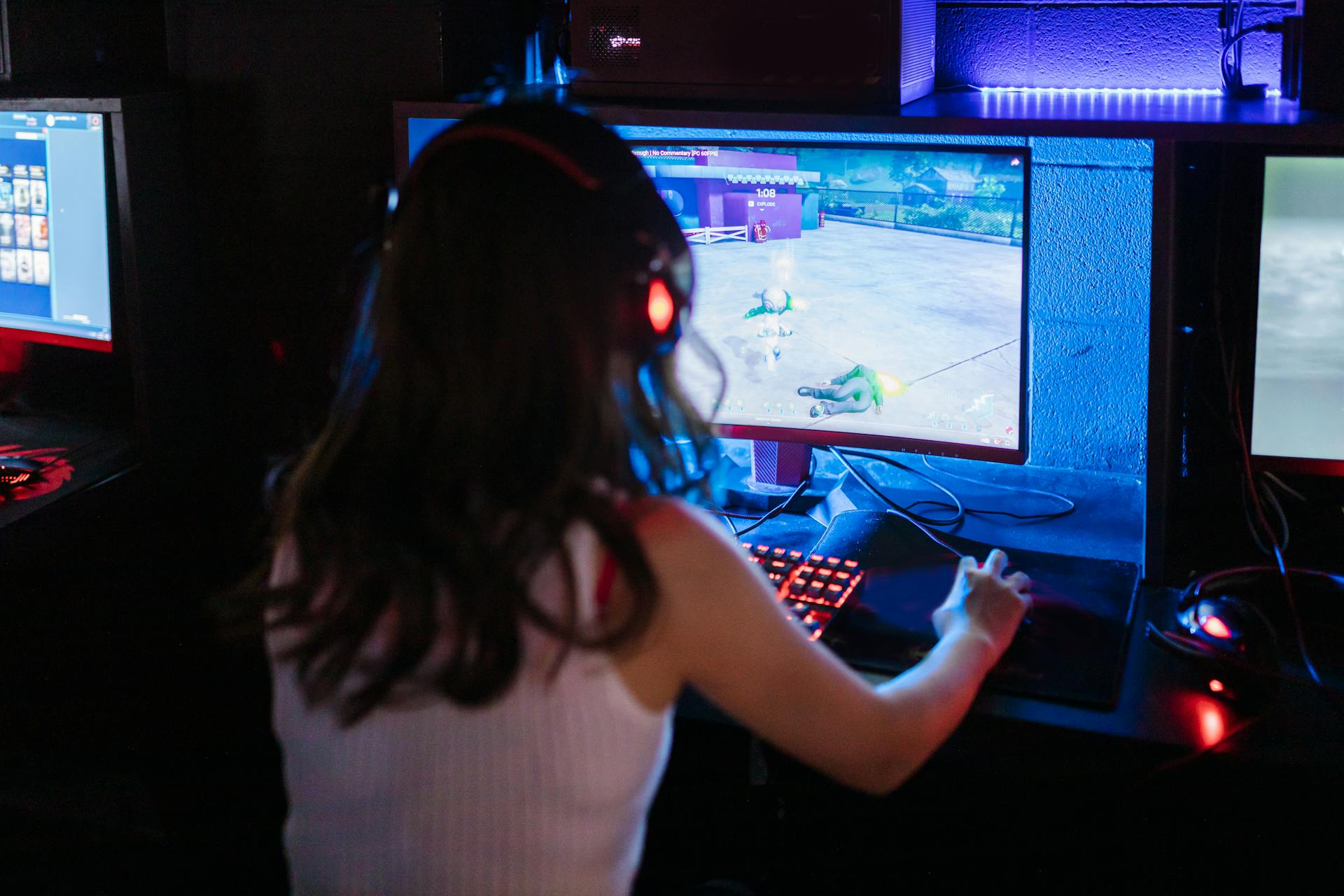
7 Essential Strategies for Ensuring Quality in Video Game Localization
Localizing a game is a crucial step in its global release to guarantee its success. However, this task is challenging for game developers to perform on their own. Typically, they seek the assistance of professional localization firms. You might be curious about how to secure such services and ensure high-quality localization results.
If you want to ensure quality localization, there are a few helpful tips to consider. This blog post will cover the top five tips for excellent video game localization.
Key Elements to Consider for Ensuring Quality in Game Localization

When it comes to ensuring top-notch quality in video game localization, there are some major components to consider:
1. Text Localization
Text localization serves as the cornerstone of any successful localization endeavor. It encompasses the translation of various textual elements within the game, including menus, subtitles, dialogues, and instructions, into the target language. Beyond mere translation, it involves ensuring linguistic accuracy, context preservation, and consistency throughout the gameplay experience. Developers must meticulously adapt the text to fit the linguistic nuances and cultural context of the target audience, ensuring that players can navigate the game effortlessly and comprehend the storyline without encountering language barriers.
2. Audio Localization
Audio localization enhances the immersive quality of the gaming experience by effectively translating and integrating audio components into the target language. This process involves more than just translating spoken dialogue; it encompasses the localization of voice-overs, ambient sound effects, background music, and other auditory elements.
Achieving seamless audio localization requires careful attention to voice casting, script adaptation, lip-syncing, and audio mastering to ensure the auditory experience resonates authentically with the target audience. By leveraging native-speaking voice talents and adapting soundscapes to align with cultural preferences, developers can enhance the emotional resonance and immersion of the gaming experience.
3. Cultural Localization
Cultural localization plays a pivotal role in bridging the gap between diverse cultural contexts and audience expectations. It involves sensitively adapting the game's cultural elements, including characters, references, humor, symbols, and societal norms, to resonate with the cultural sensibilities of the target audience. Beyond linguistic translation, cultural localization requires a deep understanding of cultural nuances, taboos, and preferences to avoid inadvertently causing offense or misunderstanding. Developers must conduct thorough research and collaborate with cultural consultants to ensure the game's content aligns with the values, beliefs, and aesthetic preferences of the target market.
Tips for Achieving Quality Video Game Localization

In the rapidly expanding realm of global gaming, achieving high-quality localization has become an essential aspect of game development. Here are some tips and techniques that you can apply to achieve top-tier quality in video game localization:
1. Understanding the Target Market
Achieving successful localization hinges on gaining a deep understanding of the target market. This involves more than just translating text; it requires a comprehensive grasp of the demographics, preferences, and cultural nuances of the audience. By conducting thorough market research, developers can tailor the game to resonate with the target audience's interests and expectations.
2. Implementing Standardized Processes
Adopting standardized processes is integral to streamlining the localization workflow and maintaining consistency across different language versions of the game. Following established industry standards, such as those outlined by organizations like Digital Trans-Asia, provides a framework for efficient and effective localization practices. These standards encompass various aspects of the localization process, including project management, linguistic quality assurance, and cultural adaptation. Also, these processes can facilitate collaboration with localization vendors and streamline communication, ultimately contributing to smoother project execution and a higher level of end-user satisfaction.
3. Collaborating with a Professional Localization Company
Engaging a seasoned team of localization professionals is pivotal to ensuring top-tier localization quality. A proficient localization team possesses the expertise and resources necessary to navigate the complexities of the localization process effectively. By leveraging their experience, developers can address potential challenges with confidence, ensuring a smooth and successful localization journey.
4. Developing a Comprehensive Style Guide
A meticulously crafted style guide serves as a cornerstone of localization quality, providing essential guidelines for maintaining consistency and accuracy across all localized content. This document outlines specific instructions regarding tone, voice, terminology, and other linguistic elements, ensuring a cohesive experience for players worldwide. The main goal is to provide a clear framework for content creation and translation, thereby reducing the possibility of inconsistencies or misinterpretations. Additionally, a properly crafted style guide will encourage collaboration between developers and localization teams, encouraging mutual understanding and alignment of goals.
5. Game Localization Testing
Game localization testing ensures that players in different regions can enjoy the game just like those who play the original version. So, after completing the localization of your game, it's vital to conduct thorough testing to ensure its smooth operation. This encompasses checking aspects such as grammar, spelling, and identifying any bugs. Game testing encompasses language evaluation, trialing the game across various target regions, experimenting with different devices, and verifying cultural references.
Testing across all languages aims to guarantee the game's seamless performance across diverse target regions. In projects involving applications or services, testers should be briefed on their specific style preferences, including tone and formality levels, especially when English serves as the source language. In cases targeting regions like Thailand, Korea, or the US, where formality levels determine the appropriate use of 'you,' this becomes particularly crucial. Conversely, testing the game across different target regions is essential to ensure its functionality across all intended markets.
Varied regions may present distinct technical specifications, internet speeds, and cultural inclinations. To ensure high-quality localization, testing the game on multiple devices with varying technical specifications, screen sizes, and resolutions is imperative.
Moreover, if your project necessitates specialized equipment like VR headsets, it's advisable to provide them to enable language service providers to select translators based on their expertise rather than their familiarity with unique equipment. Additionally, providing technical support for these devices in case of testing failures or issues is crucial to prevent translators from encountering further obstacles during testing.
6. Consult with Native Speakers
Consulting native speakers is essential when evaluating game localization. Their expertise allows them to catch any translation or adaptation errors that might go unnoticed by non-native speakers. Additionally, they can offer insights regarding the appropriateness of the content for the target audience.
7. Get Feedback
Finally, it's crucial to gather feedback from people who have experienced your game. It aids in pinpointing aspects requiring enhancement within the game and offers insight into how individuals from diverse cultures interact with your game.
Conclusion
The quality of localization has a big impact since it's closely tied to the user experience. Positive experiences in their native language usually result in good ratings for the game, showing its quality assurance. Hence, higher quality leads to better reviews and improved translation practices within it.